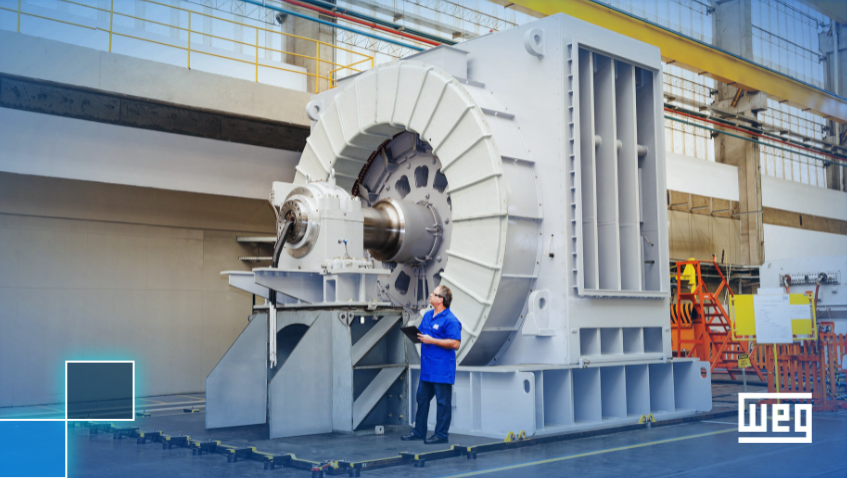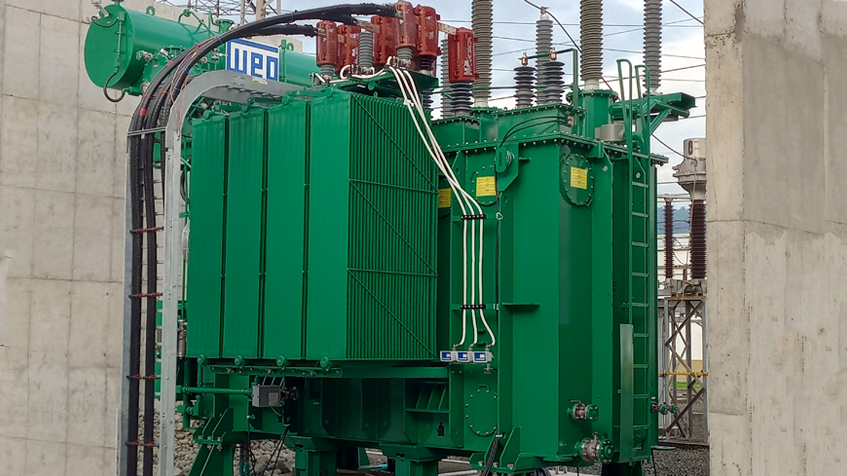Within the company´s strategy of providing products and solutions to different industry sectors, WEG concluded the expansion of Igaporã III Substation in February, located in the southwest of Bahia, with the supply of the 4th bank of 500/230 / 13.8kV - 250MVA single phase Autotransformers. This supply makes this Substation the largest in CHESF's operating capacity, with 3,000MVA of installed capacity, demonstrating the strength of wind power generation in the northeast region.
One of the benefits offered by CHESF, with this new substation, is to optimize the flow of energy in the National Interconnected System, which has currently about 306,650MW of installed power capacity in the power transmission system. CHESF accounts for 18.25% of this power supply, making it one of the main players in the Brazilian energy supply market. Out of 55,947MW of CHESF capacity, 11% is power generation installed by WEG.
The supply and energization of this substation are part of an expansion package that CHESF has been doing in recent years and they count on WEG as one of the main partners. "These single phase autotransformers are large size equipment, featuring high power capacity and high voltage, in addition to being very critical for manufacture, transportation and installation requirements. Over the last few years, WEG has supplied equipment and provided services to more than 30 CHESF substations”, says Carlos Diether Prinz, WEG's Managing Director of WEG Transmission and Distribution Division.
Eletrobrás is Latin America's biggest power utility company, tenth largest in the world, and is also the fourth largest clean energy company in the world. Among Eletrobras' subsidiaries, there are generation, transmission and distribution companies and one of them is CHESF (Companhia Hidro-Elétrica do São Francisco; São Francisco's Hydroelectric Company) that generates and transmits electric power from hydroelectric plants to all of the cities in northeast of Brazil. The company owns 14 hydroelectric energy plants and 1 thermoelectric energy plant, 111 substations and more than 19 thousand kilometers of transmission lines throughout Brazil, especially in the Northeast region of the country.




